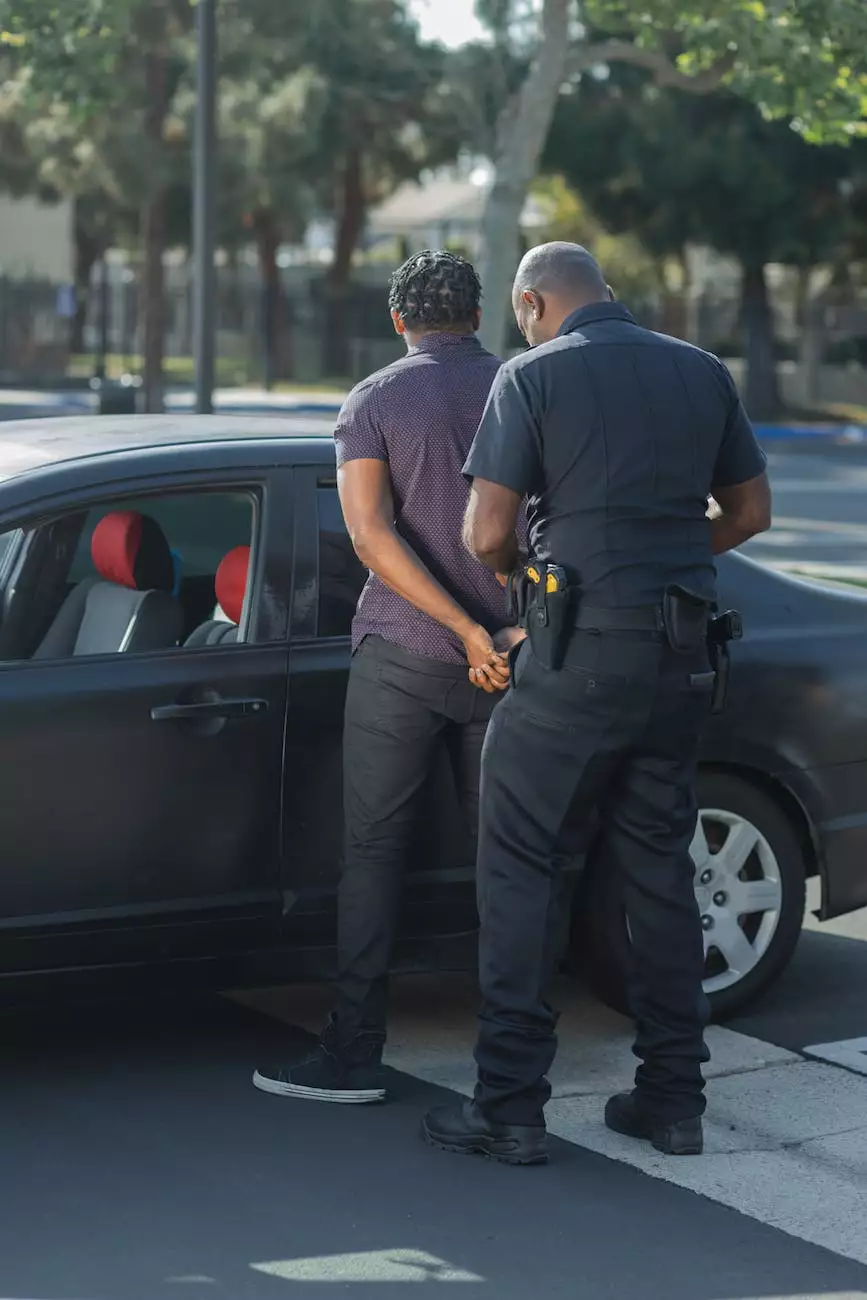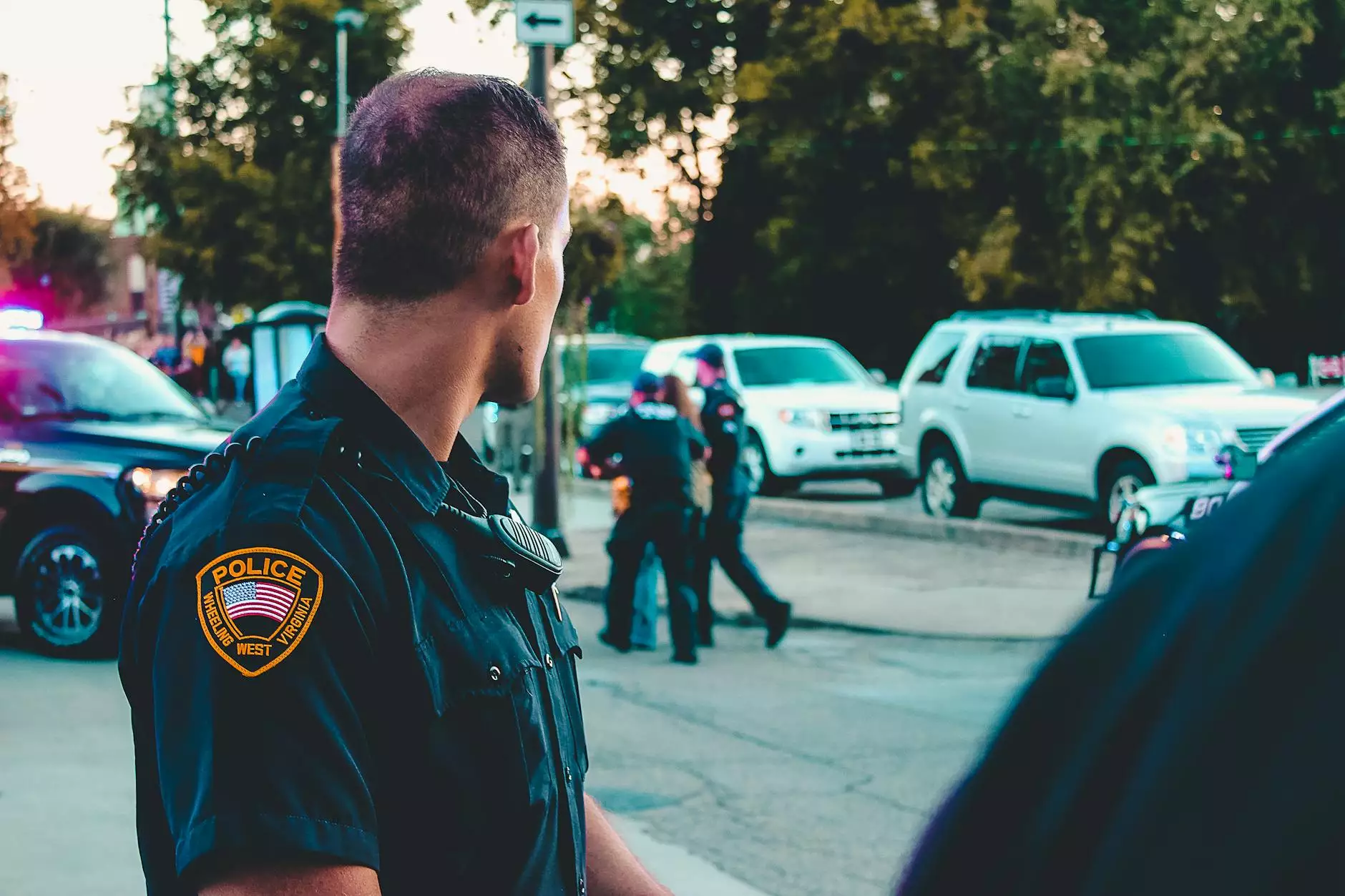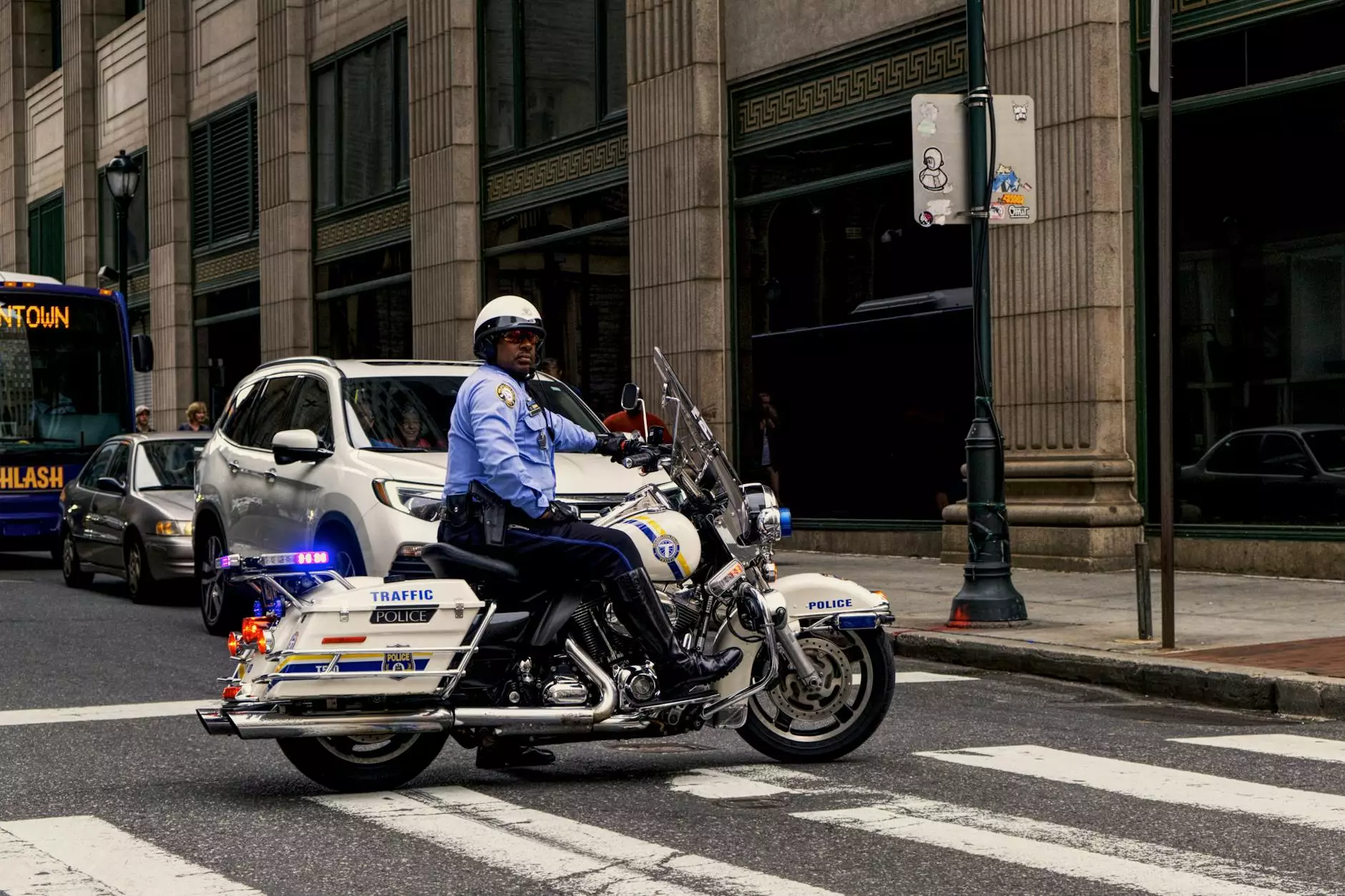How Are Roadblocks Designed?

Introduction
Welcome to The Skiendziul Law Firm's comprehensive guide on roadblock design! In this article, we will explore how roadblocks are designed, their importance in law enforcement, and the legal aspects associated with them.
Understanding Roadblocks
Roadblocks, also known as sobriety checkpoints or DUI checkpoints, are temporary installations set up by law enforcement authorities to identify and apprehend drivers who may be violating traffic laws, driving under the influence, or involved in other criminal activities. These checkpoints are strategically positioned on public roads and are designed to ensure public safety.
Designing Roadblocks
The design of roadblocks is crucial to their effectiveness. Law enforcement agencies carefully plan and execute roadblocks to maximize efficiency and achieve their intended objectives. The following factors are considered while designing roadblocks:
1. Location Selection
The location of a roadblock plays a vital role in its success. Law enforcement agencies choose areas with a high volume of traffic, high incidence of accidents or DUI offenses, or specific information about potential criminal activities. The aim is to maximize the number of vehicles passing through the checkpoint to increase the chances of identifying offenders.
2. Time and Duration
The timing and duration of roadblocks are carefully planned. Law enforcement agencies aim to catch lawbreakers during peak hours when there is a higher probability of detecting offenses. The duration of a roadblock is determined by various factors such as available resources, traffic patterns, and the specific purpose of the operation.
3. Layout and Markings
The physical layout and markings of a roadblock are designed to guide drivers and maintain order during the checkpoint. Cones, barricades, and signs are strategically placed to ensure drivers can easily identify the roadblock and follow the instructed route. Visible markings help establish the legitimacy of the operation, ensuring drivers' compliance.
4. Equipment and Technology
Roadblocks may involve the use of specialized equipment and technology to enhance their effectiveness. Breathalyzer tests, drug detection devices, and license plate recognition systems are examples of tools utilized by law enforcement to identify violations and apprehend offenders.
5. Officer Training and Protocol
Law enforcement officers participating in roadblocks receive specific training on their roles and responsibilities. Trained officers follow standard protocols and guidelines to ensure the safety of both the public and themselves during the operation. They are trained to interact with drivers, conduct tests when necessary, and handle any potential confrontations or emergencies.
The Legal Aspects
Roadblocks are subject to legal scrutiny to protect individuals' rights while maintaining public safety. Law enforcement agencies must adhere to specific guidelines and meet certain criteria for roadblocks to be deemed constitutional. Some key legal aspects include:
1. Balancing Public Safety and Individual Rights
Roadblocks must strike a delicate balance between ensuring public safety and respecting individuals' constitutional rights. The Fourth Amendment of the United States Constitution protects against unreasonable searches and seizures, requiring law enforcement to have reasonable suspicion or probable cause to stop a vehicle or detain its occupants. Courts evaluate the reasonableness of roadblocks based on factors such as the public interest in preventing accidents or apprehending offenders and the intrusiveness of the checkpoint.
2. Articulable Purpose and Neutral Discretion
Roadblocks must have an articulable purpose, such as combating drunk driving or reducing traffic-related offenses. Authorities must also exercise neutral discretion, meaning they cannot single out individuals based on their race, religion, or other protected characteristics without a valid reason. Such safeguards ensure that roadblocks are not used as a pretext for unwarranted searches or discriminatory practices.
3. Proper Notification and Transparency
Law enforcement agencies are required to provide advance notification to the public regarding roadblock locations and timings. This ensures transparency and allows individuals to plan their routes accordingly. Clear signage, visible markings, and the presence of uniformed officers contribute to the transparency of the operation.
Conclusion
Designing roadblocks involves careful planning and consideration of various factors, ensuring their effectiveness in detecting and deterring traffic violations and criminal activities. The Skiendziul Law Firm hopes this comprehensive guide has shed light on how roadblocks are designed and the legal aspects associated with them. Remember, roadblocks are essential tools for law enforcement to ensure public safety, but they must operate within the boundaries of the law and respect individuals' rights.










